Jaklien Hessels and Simon van Renssen work in South India for a year and visited Harish Manoj’s coconut and cocoa plantation in April 2024. There, they were introduced to cocoa farming and the production of Soklet organic chocolate. This is their story.
Text and photo’s by Jaklien Hessels and Simon van Renssen
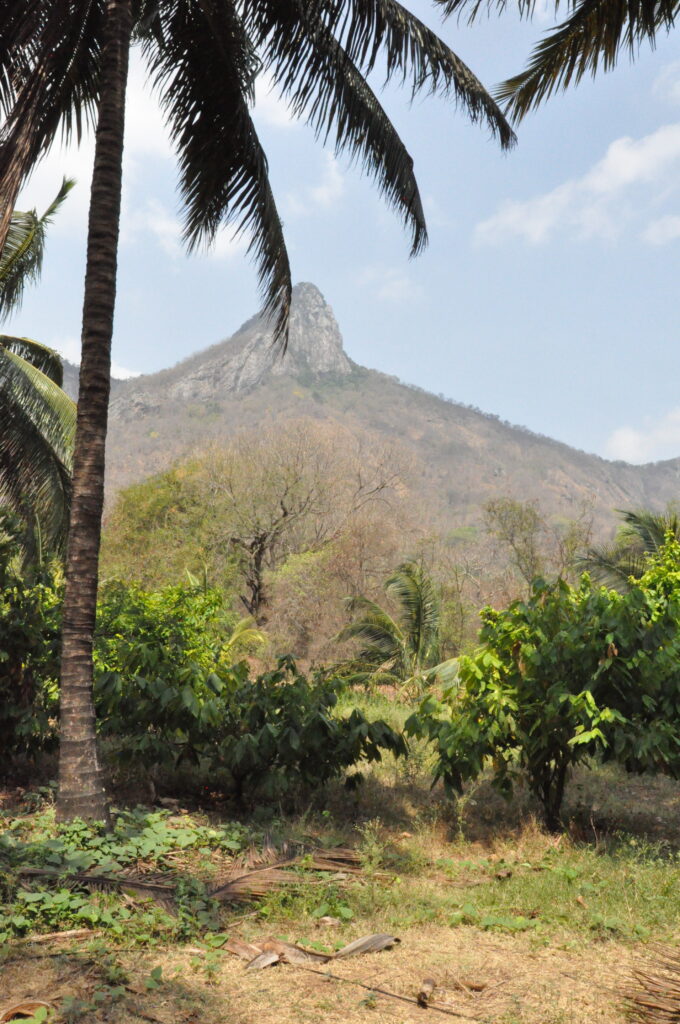
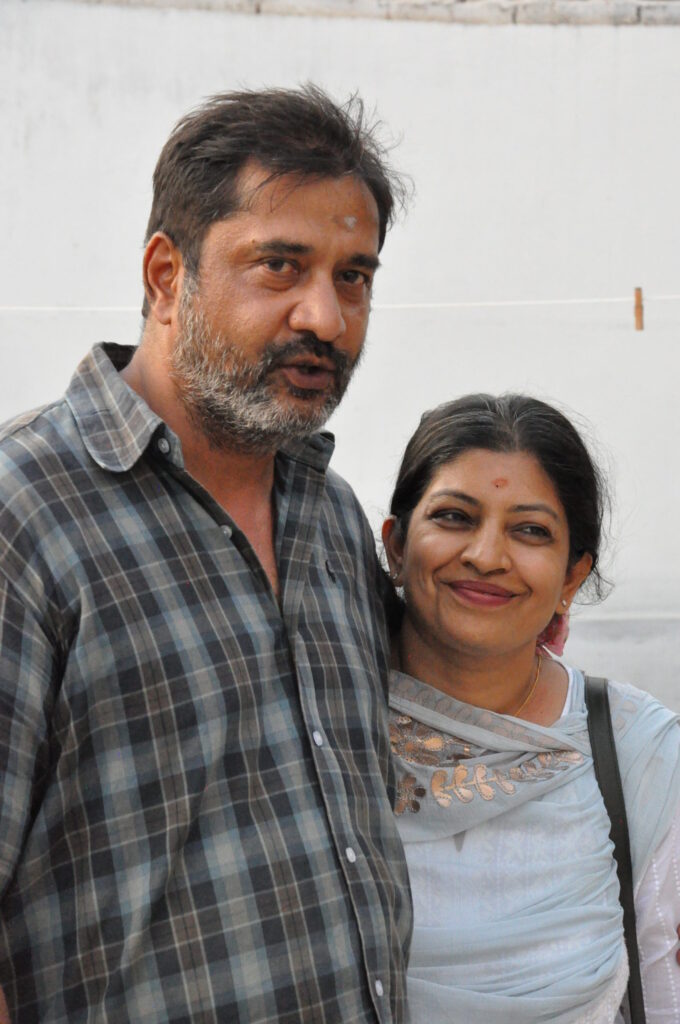
Harish and Rathi Manoj Kumae live on their cocoa plantation in Jiten Morai, near Tammampari. They live there quite excitingly, as their plantation lies at the foot of the Western Ghats, against the Aliyar Reserve Forest. Since the wildlife from this protected area does sometimes make excursions, you run the risk of encountering elephants, tigers or other wild animals on their plantation. Elephants in particular can wreak quite a bit of havoc on the plantation, but Harish says that is a business risk you just have to accept.
Cultivating the cocoa beans
Harish runs his plantation completely organically. This means, among other things, that he does not use fertilisers and focuses heavily on improving soil quality. Cocoa is a shade plant and it grows best under other production trees. On Soklet’s plantations, these are mainly coconut palms. Apart from cocoa beans, Harish therefore produces a lot of coconuts.
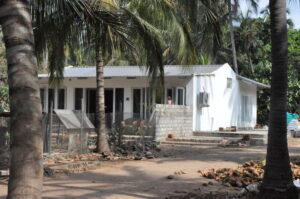
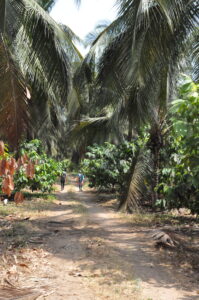
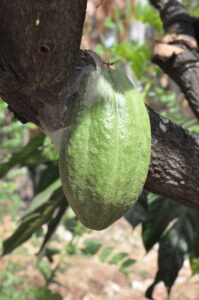
Cocoa shrubs produce dozens of small flowers directly on the stem. After pollination, a pod containing the cocoa beans is then formed. When the pod is ripe and turns slightly yellow or pink (depending on the variety), it can be picked. This can be done all year round. All plants are regularly passed for ripe pods. For this, and for harvesting the coconuts, Harish employs about 30 men, who work for him on a daily wage basis.
Fermenting the beans

Fermentation is crucial for the final taste of chocolate. Harish handles the fermentation itself. This takes six to eight days and must take place within certain temperature limits. Therefore, the process has to be carefully monitored. We were not able to observe the fermentation process, which takes place at another location, which we did not visit. After fermentation, the beans are dried.
The dried fermented cocoa beans are not nicely edible, they are very dry and crunchy (just like coffee beans), but if you chew them, the cocoa flavour already appears.
Roasting, crushing and winnowing
The roasting and cracking of the fermented cocoa beans is done at the two factory sites. We visited the smallest factory. It is actually little more than a couple of hefty sheds behind the parental home in the middle of Pollachi. Roasting and cracking are done mechanically, using machines developed specifically for Soklet.

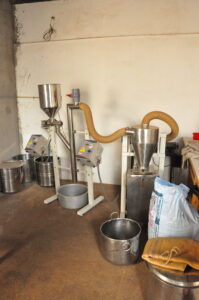
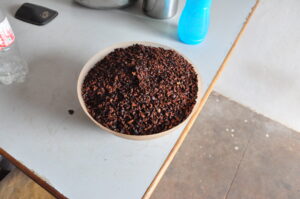
In many cocoa factories, the cocoa butter is pressed out of the cocoa after this. This leaves cocoa powder. Harish doesn’t do that. The cacao nibs are processed directly into chocolate.
Making the chocolate
The cocoa nibs are ground into a thick paste. Then, depending on the specific recipe, the other ingredients are added. The recipe of the chocolate is kept secret, of course. It is ultimately Rathi, as the chief chocolate making, who decides whether the taste is right. The paste is then sometimes poured into a very thick block as an intermediate step, for preservation. If such a block of chocolate turns white, it is not because the chocolate is spoiling, but because the cocoa is separating slightly from the cocoa butter. This is corrected in the final stage by rolling, heating and scrambling the chocolate to get a smooth homogeneous texture. This is called tempering. Then the warm chocolate is poured into the desired mould. These can be moulds of bars, but also moulds for one-kilo blocks, which are sold to hotels and restaurants.
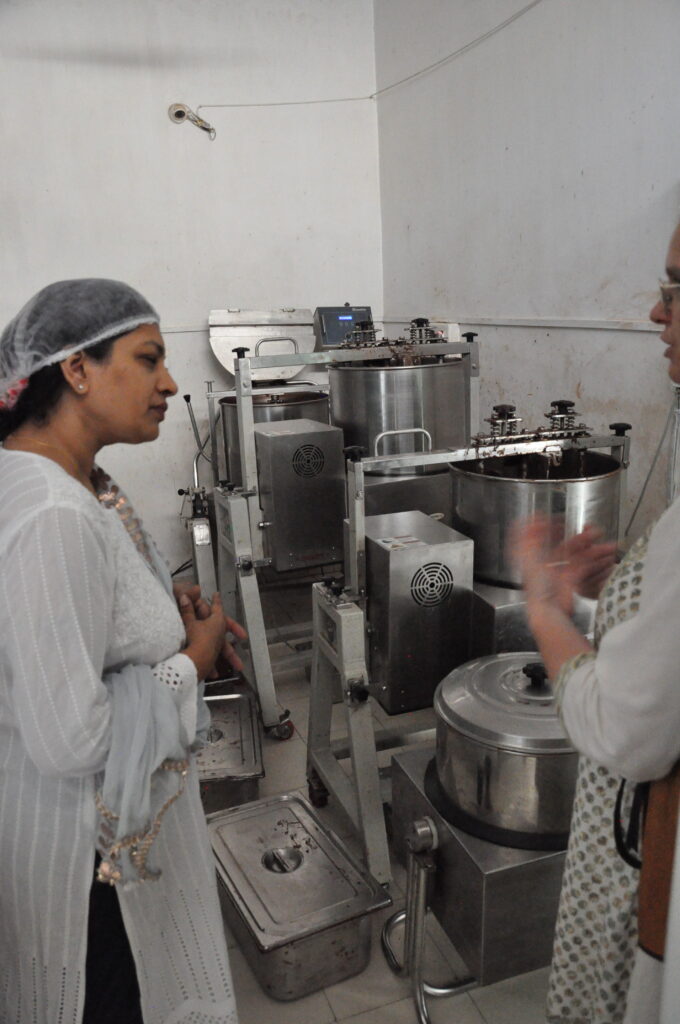
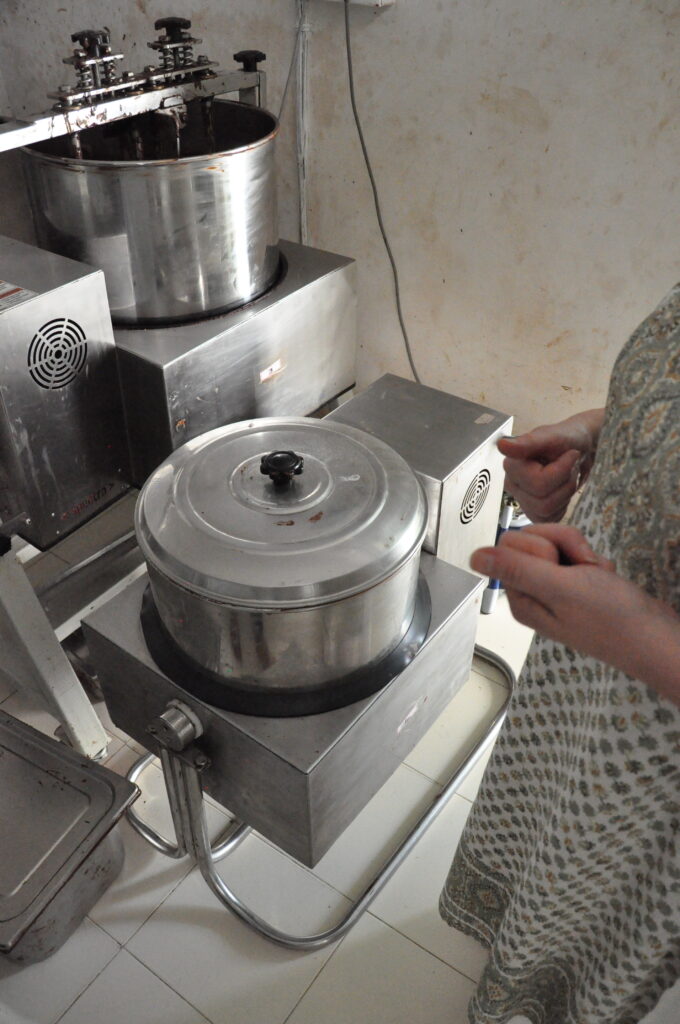
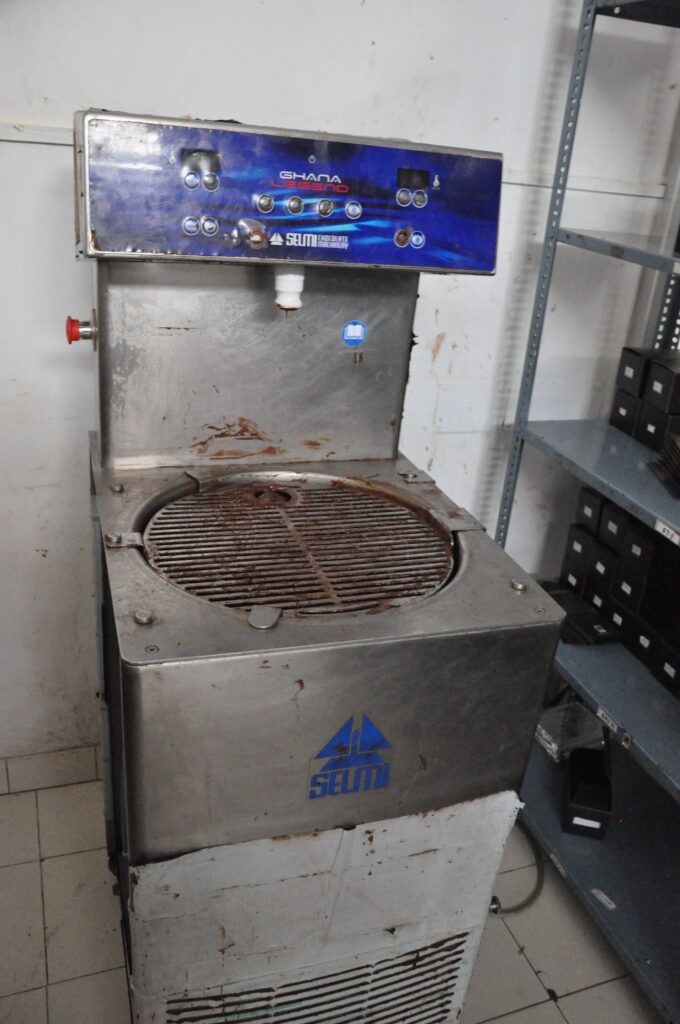
Packaging, marketing and export
After the chocolate slices have hardened, they are packaged, first a film of foil and then in consumer paper packaging.
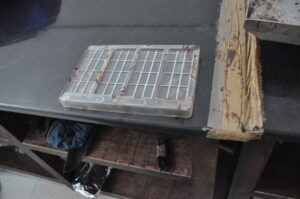
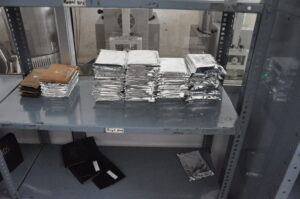
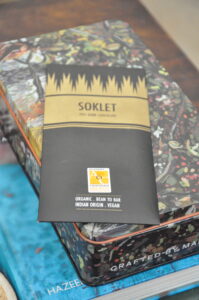
For selling directly to consumers, Soklet has its own webshop. Soklet exports much of its chocolate, to the US as well as to Europe, to theri importer and distributor ClearChox. When we visited, they were just producing a batch of chocolate bars with black garlic for ClearChox.
Soklet is also present at the chocolate fair Chocoa in Amsterdam, held annually in February.
